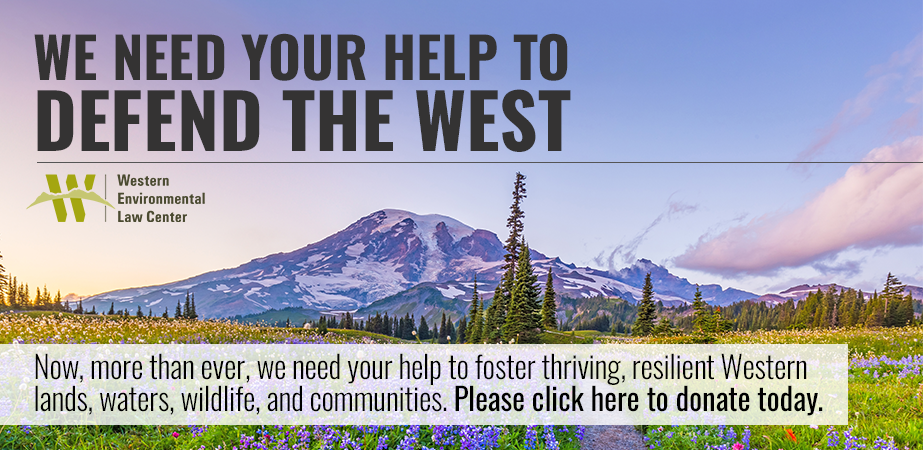Late yesterday, the Arizona District Court in Phoenix approved a legal agreement requiring the Bureau of Land Management (BLM) to re-examine its decision to allow target shooting in 90% of Sonoran Desert National Monument, a quiet oasis of saguaro cacti, native desert life, ancient petroglyphs, and a rich cultural history just an hour southwest of 6 million people in the Phoenix area.
The agreement requires BLM to conduct new surveys and consider amending the Sonoran Desert National Monument resource management plan with regards to target shooting by October 21, 2023.
In a 2015 court decision in a case challenging a plan that allowed shooting throughout 100% of the monument, the court found the BLM arbitrarily ignored its own study that concluded target shooting could not be safely and appropriately conducted in the monument given the patterns and volume of visitors, and the number and variety of historical and natural objects found across this biologically and archaeologically dynamic landscape. After that ruling, BLM revised its plan to allow shooting in 90% of the monument. This legal agreement stems from a challenge to that decision.
As part of the agreement, BLM must consider a management option protecting from target shooting:
- designated wilderness and lands with wilderness characteristics,
- the Indigenous Komatke Trail, known for its many pottery shards, and a half-mile buffer on the north side of the trail,
- the Vekol Valley,
- the portion of the monument formerly part of the Barry M. Goldwater Air Force Range, and
- areas with monument objects including saguaro cacti and petroglyphs that could be adversely impacted.
“The initial analysis and decision by Arizona BLM staff was thorough and appropriate yet they ignored their own conclusions and failed to adopt a final plan that supported their own findings,” said Phil Hanceford, an attorney with The Wilderness Society. “The previous decision by the BLM left visitors and the natural landscape at great risk but now we can take some relief in the BLM reconsidering the enjoyment of all visitors while also protecting what makes Sonoran Desert National Monument special.”
The BLM land surrounding the monument provides abundant opportunities for recreational target shooting. More than 78 percent of the nearby BLM land is open for recreational shooting. In addition, hunting and many other visitor pastimes like wildlife viewing, hiking, and camping are allowed throughout the national monument.
“This is a win for the Sonoran Desert National Monument, the American public and the local Arizona officials who spent years carefully documenting and analyzing the impacts of target shooting there,” said Matthew Bishop, the Western Environmental Law Center attorney who represented the plaintiffs. “There are plenty of places in Arizona to target shoot without harming important resources and visitor safety.”
“It is heartbreaking to see the kind of harm done to saguaros, palo verde trees, and petroglyphs and other cultural sites from so-called recreational shooting,” said Sandy Bahr, director of Sierra Club’s Grand Canyon (Arizona) Chapter. “This is no way to treat the land, let alone a national monument. Sierra Club hopes this new analysis will lead the Bureau of Land Management back to where it started on this monument, recognizing and protecting the monument resources from harmful shooting.”
“We commend BLM for its willingness to reach a consensus on this issue, and to undertake an objective reevaluation of whether target shooting should be allowed within Sonoran Desert National Monument, given the risks to visitors and to cultural and natural resources,” said Elizabeth Merritt, deputy general counsel for the National Trust for Historic Preservation. “BLM’s own scientific analysis concluded that the answer was no.”
Meanwhile, target shooting remains permitted in the current 90% of the monument until the BLM provides its new analysis and reconsiders whether and how it could allow for this use while also protecting the visitors and the natural and cultural resources the monument was established to protect.
The 496,000-acre monument is on the ancestral lands of the O’odham, Yavapai Apache, Cocopah, and Hohokam peoples.
Contacts:
Matthew Bishop, Western Environmental Law Center, 406-422-9866, gro.w1752885084alnre1752885084tsew@1752885084pohsi1752885084b1752885084
Phil Hanceford, The Wilderness Society, 720-647-9326, gro.s1752885084wt@dr1752885084ofecn1752885084ah_li1752885084hp1752885084
Sandy Bahr, Sierra Club, 602-999-5790, gro.b1752885084ulcar1752885084reis@1752885084rhab.1752885084ydnas1752885084
Elizabeth Merritt, National Trust for Historic Preservation, 202-297-4133, gro.s1752885084ecalp1752885084gniva1752885084s@tti1752885084rreme1752885084
Images for media use:
Saguaro Damage 1 (Phil Hanceford)
Saguaro Damage 2 (Kelly Nokes)
Saguaro Damage 3 (Kelly Nokes)
Shooting Trash 1 (Kelly Nokes)
Shooting Trash 2 (Kelly Nokes)
Shooting Trash 3 (Kelly Nokes)
Shooting Trash 4 (Kelly Nokes)
Shooting Trash 5 (Kelly Nokes)
Sign Bullet Holes (Phil Hanceford)
###

